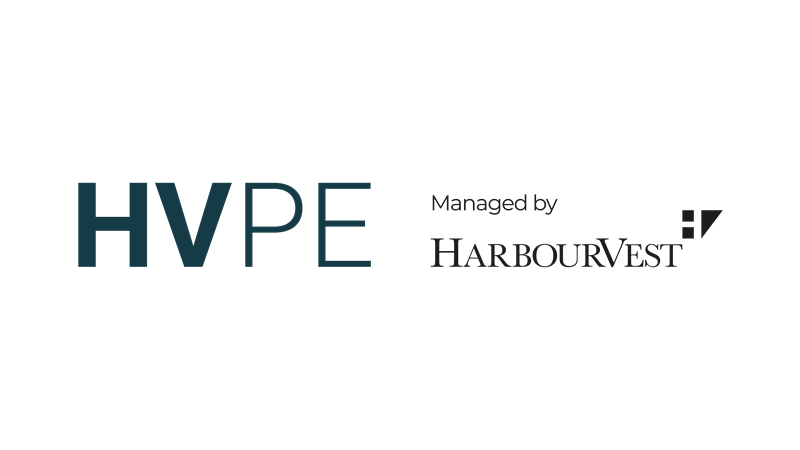Alternative Credit Q&A: Jacob Miller, Opto Investments
The increasing interest in alternative investments by wealth managers in the US is a trend that runs parallel to the rapid growth of the private credit market in recent years. Greg Winterton spoke to Jacob Miller, Co-Founder of private markets investing platform Opto Investments, to get his thoughts on where these two trends intersect.
GW: Jacob, first off, for those perhaps less familiar with Opto Investments, tell us a little about the firm.
JM: Opto Investments is a technology firm that was founded to change the way fiduciaries experience private markets. We partner with advisors, CIOs, and other fiduciaries to solve the challenges of building and distributing customized private markets solutions at scale. Our platform offers intelligent workflows that simplify the private markets investment process, minimizing paperwork, saving time, and creating better client experiences.
The firm was co-founded by Joe Lonsdale, along with the rest of our founding team, in 2020, and we’re backed by 8VC, Fin Capital, and Michael Dell’s DFO Management.
GW: When Opto is speaking with wealth managers, where does private credit sit in the broader private markets’ conversation in terms of both appetite and understanding – and what’s driving this?
JM: Private credit is top of mind for much of the RIA community. A lot of their interest is due to a large marketing push by the largest firms, with the common refrain that we are in a “golden age.” While there are specific sectors in private credit that we remain extremely excited about, we are seeing overall gaps in both need and understanding for broad-based private credit.
First, with short rates north of 5%, income has become less scarce. Of course, rates are priced to fall, and with inflation not necessarily completely behind us, there is still a search for robust yield, though the issue is less pressing than it was two years ago.

Second, there are some gaps in understanding around the risks and rewards of private credit, particularly in the larger direct lending space. When we look at balance sheets of the borrowers, they are relatively healthy, but would be highly sensitive to a pullback in earnings or margins, which could easily impact first lien creditors. At 8-12% yield, we see this as equity-like return with equity-like risk, but without equity-like upside.
We work with clients to understand the profile of income their clients need, and seek out managers with less beta exposure and a track record of yields that are both: a) wide enough to create a margin of safety, and b) floating rate, so can respond adequately to inflation and interest rates changes. This is crucial in the context of an overall portfolio and hard to replicate in public markets.
GW: What are some of the specific strategies within private credit that are gaining more attention by the advisors and why?
JM: Private credit is a universe unto itself. The conversation is very active right now overall, but attention and real investment interest vary a lot by sector. More and more advisors are getting pitched large direct lending strategies, but this attention does not equal demand. The market has become a bit saturated with BDCs and other semi-liquid options in credit, and this has had a mild chilling effect. This is due to both information overload and the likely fair perception that there are too many dollars flowing in the same direction for valuations to remain reasonable.
On the flip side, we work with advisors to understand less-well-trodden areas in private credit. After banking stress in 2023, smaller banks have stepped away from many parts of asset-backed lending, SMB, and parts of residential real estate debt. This pullback has created opportunities for nimble lenders to step in, and there is far less competition for deals in the $25M-$200M loan space, with yields that can play a significant role in meeting portfolio goals, and the strongest covenants we have seen since the mid-2010s.
GW: A well-known objection to investing in alternative investments by wealth managers is that it’s too heavy on the admin. You’re solving for this technologically, but to what extent is the increased interest in alternatives from wealth managers down to necessity to source better returns versus an easier screening and admin process?
JM: Historically, private market investing has indeed been extremely burdensome, but technology like ours is improving the process. Consequently, it is tapping into and meeting significant existing demand. Private markets have the opportunity to reduce risk and increase return in portfolios if implemented correctly with proper sourcing and due diligence. But without deep knowledge and networks in private markets, this is a big “if.” Prudent advisors have often decided to stay away rather than move into a high-dispersion and high-operational-burden space.
Our model changes this. So, the short answer to your question is “both.” Without a true partner, the operational burden and selection biases and risks have made private markets a blind spot in many cases. With technology and alignment, private markets can quickly become a differentiator for RIAs in a highly competitive environment.
GW: Lastly, Jacob, what’s your message to wealth managers in terms of how and why private credit should be a medium-long term component of their client’s portfolio?
JM: Great investment planning starts with deeply understanding goals. Private credit comes in many shapes and sizes that serve different goals, and so advisors should avoid thinking of the space as a single option.
Given the current interest rate environment, likely-overly-rosy expectations for EBITDA growth (which shows up both in equity valuations and loan spreads), and uncertainty (both election year uncertainty and broader geopolitical risks), we do not favor large loans, which are fundamentally geared to continued robust growth with little room for error.
To meet medium-term income goals in this environment, we recommend focusing on more specialized opportunities, with strong covenants and a real margin-of-safety.
Lastly, given the power dynamics in capital markets are in favor of the investor today, loans should ideally come with upside potential in the form of warrants. It is not the zero-interest-rate, high-flying times of 2021, investors are able to command better risk-reward profiles - though due to the inundation of money in the large loan space, many common products fail to capture this opportunity.
**********
Jacob Miller is Co-Founder at Opto Investments
© The Sortino Group Ltd
All Rights Reserved. No part of this publication may be reproduced, stored in a retrieval system or transmitted in any form or by any means, electronic, mechanical, photocopying, recording or scanning or otherwise, except under the terms of the Copyright, Designs and Patents Act 1988 or under the terms of a licence issued by the Copyright Licensing Agency or other Reprographic Rights Organisation, without the written permission of the publisher. For more information about reprints from AlphaWeek, click here.








